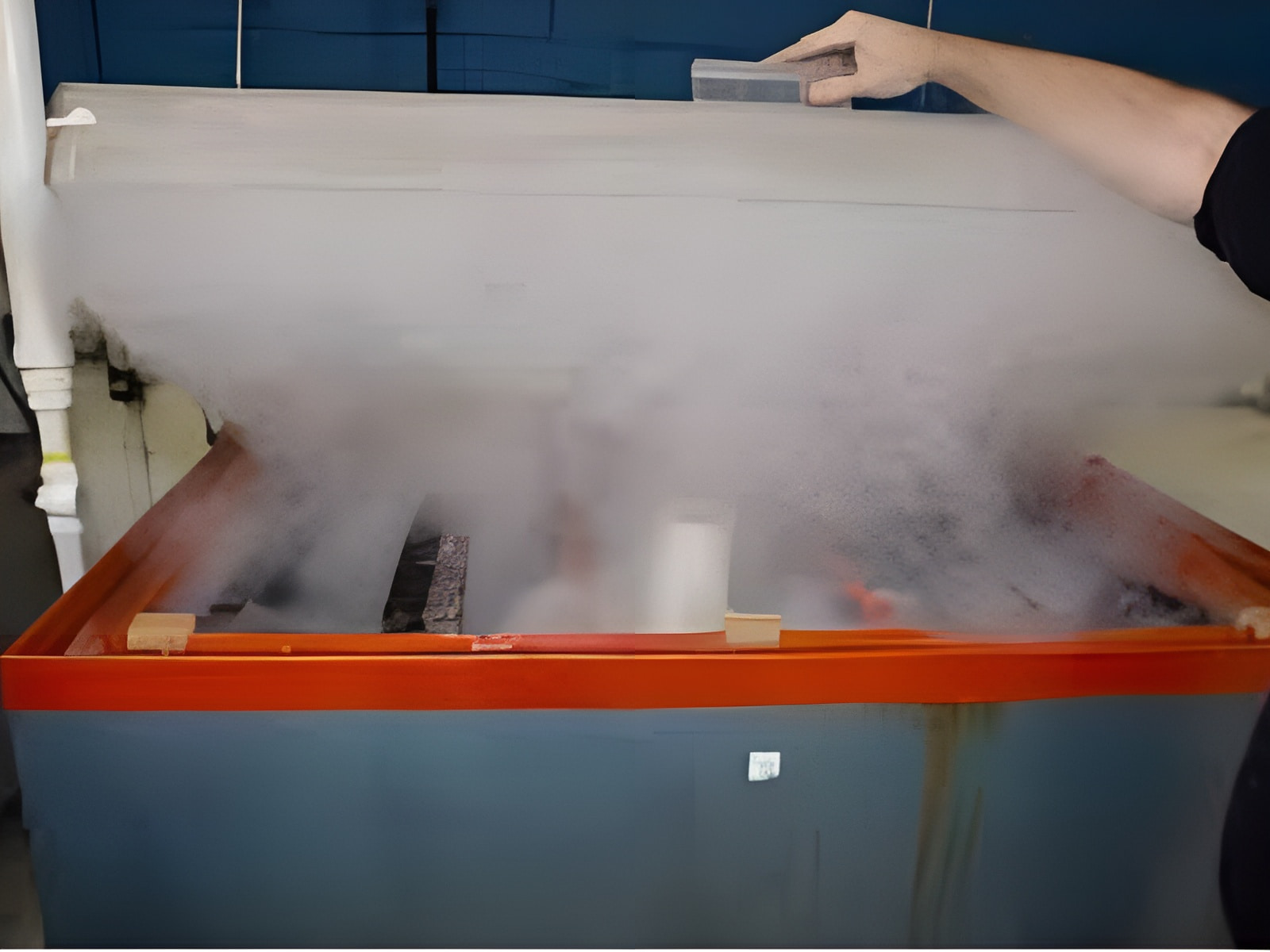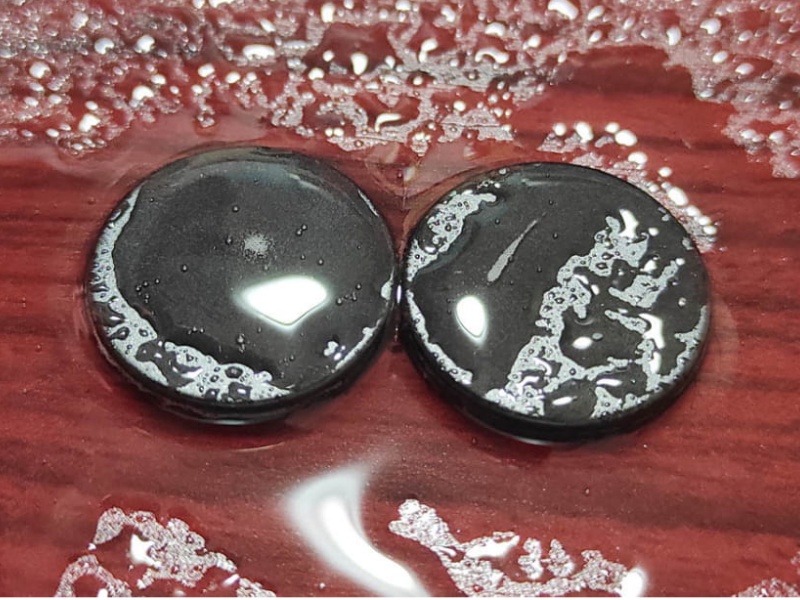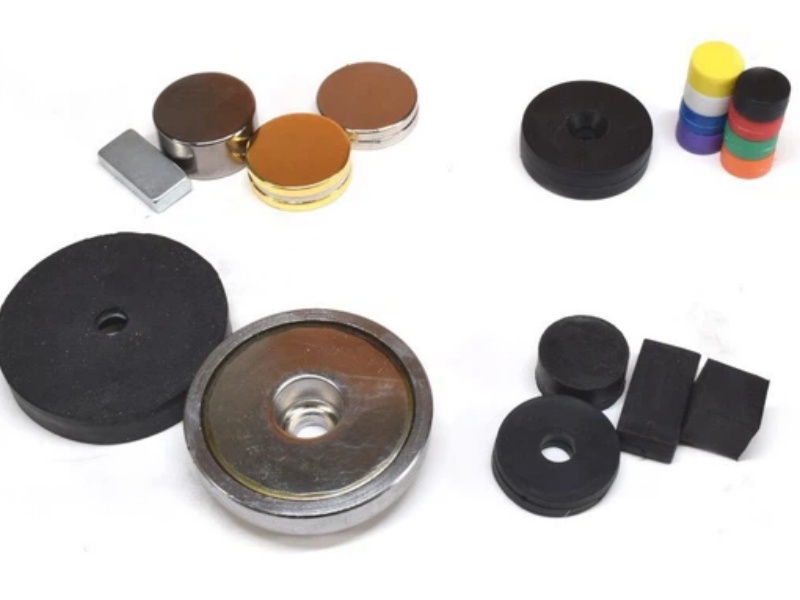 Hefei Super Electronics Co., Ltd.
Hefei Super Electronics Co., Ltd.
What Are You Looking For?
When magnets are transferred from a controlled indoor environment to the unpredictable seawater environment, their lifespan faces a true test. The marine environment is a breeding ground for corrosion: high salinity accelerates chemical reactions, constant humidity provides the moisture necessary for oxidation, and temperature fluctuations cause expansion and contraction that weaken protective coatings. Because durable quality NdFeB magnets are naturally susceptible to rust, these conditions can rapidly erode their structure and performance. Even a tiny pinhole in the coating can allow seawater to penetrate, causing irreversible damage.

What is Salt Spray Testing?
Conducted according to standards such as ASTM B117 or ISO 9227, salt spray testing is a laboratory simulation designed to replicate the harsh marine environment over a controlled period of time.
1.Process: Magnets are placed in a test chamber and continuously exposed to a fine mist of sodium chloride solution.
2.Duration: Depending on specific requirements, testing times range from 24 hours for basic inspections to over 1,000 hours for high-resistance applications.
3.Goal: To assess how long protective coatings can effectively prevent corrosion and maintain magnet performance in extreme salt spray environments.
The data obtained from these tests helps engineers predict how magnets will perform in real-world applications—whether attached to offshore equipment, used in offshore salvage tools, or embedded in shipboard equipment.

Salt Spray Test Results and Actual Lifespan
The performance of a coating in a salt spray chamber often directly reflects field durability:
1.In a 500-hour test, nickel plated neodymium magnets performed well in mild coastal air, lasting several years, but may not last more than a year when immersed in seawater.
2.Epoxy coated neodymium magnets generally perform better in salt spray testing, but may lose their protective properties more quickly if exposed to intense UV rays or physical abrasion.
Real-world conditions are also affected by factors such as wave action, grit abrasion, and biofouling, all of which can shorten a magnet's lifespan.

Engineering Strategies for Extended Service Life
To address these challenges, manufacturers are employing several proven approaches:
1.Dual coating—combining metal and polymer for additional protection.
2.Fully encapsulated—sealing the magnet within a stainless steel, plastic, or rubber housing.
3.Ultra-rugged design—ensures performance even after material wear.
4.Regular inspection and maintenance—cleaning and recoating before performance degrades significantly.
The Importance of Salt Spray Testing
Salt spray testing is more than just a laboratory test; it's a decision-making tool that combines scientific measurements with practical application. By interpreting test results in light of environmental conditions, buyers and engineers can make informed choices about neodymium magnet production, coatings, materials, and design. This proactive approach ensures that neodymium magnets can not only withstand harsh environments but also continue to perform in one of the most challenging environments on Earth—the high seas.
Hi! Click one of our members below to chat on